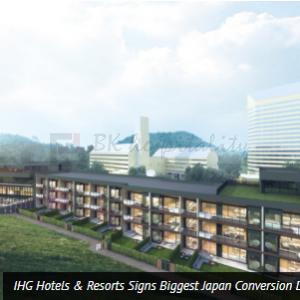Analysis of furniture layout of star-rated hotels
1. Four Seasons Hotels and Resorts - LondonExquisiteness of furniture layout:
Equal emphasis on spatial flow and privacy: The guest room design of Four Seasons Hotel focuses on the balance between openness and privacy of space. By cleverly setting up movable screens or translucent partitions, it not only maintains the sense of transparency of space, but also provides necessary privacy for guests.
Multifunctional furniture layout: Multifunctional furniture such as sofa beds and retractable dining tables in guest rooms not only save space, but also can flexibly respond to different needs of guests, such as business meetings or family gatherings.
Attention to details: The bedside table integrates USB charging ports and lighting controls for easy operation by guests. At the same time, there is a small desk or work area next to the bed, which is just the right position, not taking up too much space, but also meeting the work needs of business travelers.
Practical reference:
Use movable or foldable furniture to increase the flexibility of space use.
Consider the versatility of furniture at the beginning of the design to adapt to the needs of different scenarios.
Reflect humanistic care in details, such as integrating common electronic device interfaces in furniture design.
2. Bulgari Hotels & Resorts - Dubai
Exquisiteness of furniture layout:
Balance of luxury and low-key: Bulgari Hotel's furniture selection combines classic Italian design with Middle Eastern cultural elements, using high-quality materials such as marble, leather and precious wood, while maintaining simple lines to create an atmosphere that is both luxurious and low-key and elegant.
Spatial hierarchy: Use the height, size and color depth of furniture to create a sense of hierarchy in the space. For example, in the spacious living room area, different functional areas such as rest areas and reading corners are divided by placing coffee tables, side tables and artworks of different heights.
Seamless connection between outdoor and indoor: Hotel suites often have spacious balconies. The furniture layout focuses on the transition between internal and external spaces. The use of outdoor furniture that is coordinated with the interior style, such as lounge chairs and dining tables under parasols, allows guests to enjoy the natural beauty while also experiencing a consistent luxury experience.
Practical reference:
Focus on the integration of quality and culture in furniture materials and designs to enhance the overall texture of the space.
Define the spatial function through furniture layout and the creation of hierarchy while maintaining visual coherence.
When designing the outdoor area, consider the style of the furniture and the response of the indoor space to create a smooth transition between the internal and external spaces.
By analyzing the furniture layout of these two hotels, we can see that whether it is the Four Seasons Hotel that focuses on practicality and flexibility, or the Bulgari Hotel that pursues luxury and cultural integration, they all focus on the guest experience and achieve a perfect combination of spatial function and aesthetics through careful furniture selection and layout. These strategies provide valuable practical references for other hotels, that is, to pay attention to details, integrate culture, and have flexible layouts in the design process, and to convey brand values through high-quality materials and design language.

